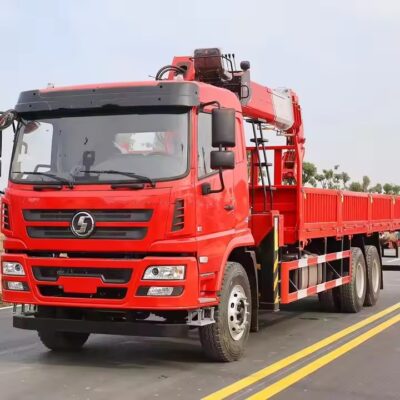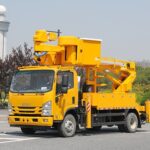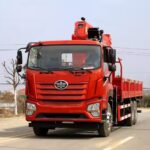Trong lĩnh vực modern transportation Và heavy machinery handling, innovation continues to shape industries and redefine conventional practices. One such revolutionary advancement is the integration of tow trucks with telescopic cranes, a technological marvel that combines the functionalities of towing and lifting into a single, efficient solution. This integration not only streamlines operations but also enhances safety, reduces costs, and expands the scope of industries that can benefit from this versatile equipment.
The Conventional Dilemma
Traditionally, cái tasks of towing Và lifting heavy objects were distinctly separate operations, often necessitating the deployment of 2 different sets of machinery and skilled personnel. Towing involved the use of specialized tow trucks designed to haul disabled vehicles from one location to another. Mặt khác, lifting heavy objects, whether it be for construction, salvage, or other purposes, required the use of cranes with varying capacities and configurations.
This division of labor between towing and lifting posed several challenges. Coordinating the presence of both xe kéos and cranes at a single site was complex and time-consuming. Ngoài ra, the need for multiple sets of equipment increased costs and the environmental footprint associated with transportation. Hơn thế nữa, ensuring safety during the transfer of loads between xe kéos and cranes demanded meticulous planning and execution, leaving room for potential errors.
The Integration Solution
The emergence of integrated tow trucks with telescopic cranes has transformed these challenges into opportunities for greater efficiency and effectiveness. These innovative vehicles are designed with both towing and lifting capabilities, combining the functions of xe kéo truyền thốngs and cranes into a single, cohesive unit. This integration is achieved through the incorporation of a telescopic crane onto a sturdy tow truck chassis, thereby enabling seamless transitions between towing and lifting operations.
các telescopic crane'S extendable boom, often equipped with hệ thống thủy lựcS, provides impressive reach and lifting capacities. This adaptability allows operators to address a diverse range of tasks, from recovering disabled vehicles to loading and unloading heavy cargo at construction sites. The integration not only simplifies logistics but also minimizes downtime, as the same equipment can efficiently perform multiple tasks without the need for time-consuming equipment changes or transfers.
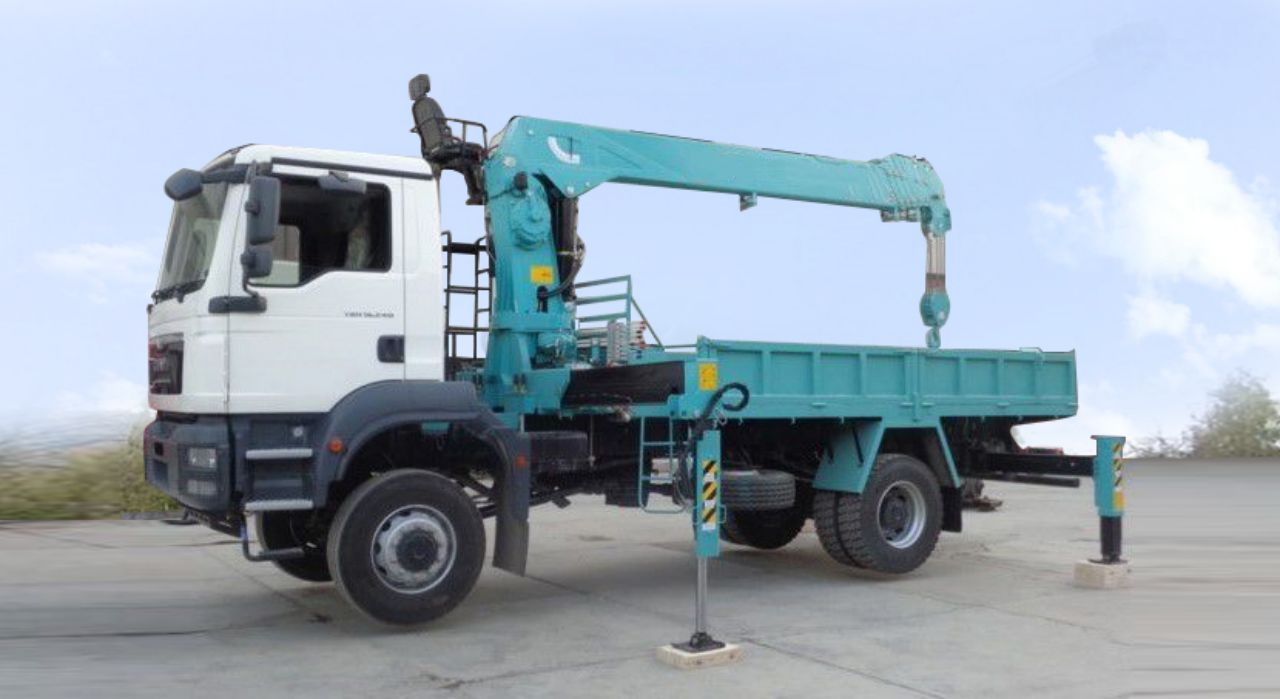
Advantages and Applications
The amalgamation of towing and lifting functionalities into a single unit yields a plethora of advantages across various industries.
1. Hiệu quả nâng cao:
Integrated tow trucks with telescopic cranes streamline operations by eliminating the need for separate equipment for towing and lifting. This leads to quicker response times, faster task completion, Và overall improved operational efficiency.
2. Cost Savings:
By consolidating 2 essential functions into one vehicle, businesses can reduce equipment acquisition and maintenance costs. Ngoài ra, savings are accrued through reduced labor requirements Và optimized resource allocation.
3. Increased Versatility:
các telescopic crane‘s adaptability and variable lifting capacities make it suitable for an array of tasks. It can lift anything from small vehicles to large construction components, catering to the needs of towing companies, construction firms, emergency services, và hơn thế nữa.
4. Safety Advancements:
Integrated designs contribute to enhanced safety by minimizing the need for load transfers between equipment. This reduces the potential for accidents and mishaps during the transition from towing to lifting operations.
5. Environmental Impact:
The integration of functionalities reduces the number of vehicles on the road, subsequently decreasing fuel consumption, khí thải, and traffic congestion. This aligns with sustainability goals Và promotes environmentally conscious practices.
6. Faster Roadway Clearance:
In cases of accidents or breakdowns, integrated tow trucks with telescopic cranes can rapidly clear roadways by efficiently removing disabled vehicleS and debriS, minimizing disruptions and congestion.
7. Remote Accessibility:
các telescopic crane‘s extended reach enables operators to access objects and vehicles in difficult-to-reach locations, such as embankments or confined spaces.
8. Construction and Salvage:
Beyond towing, những cái này integrated units play a pivotal role in construction, salvage, and recovery operations. They can transport heavy machinery, erect structural components, and aid in disaster response efforts.
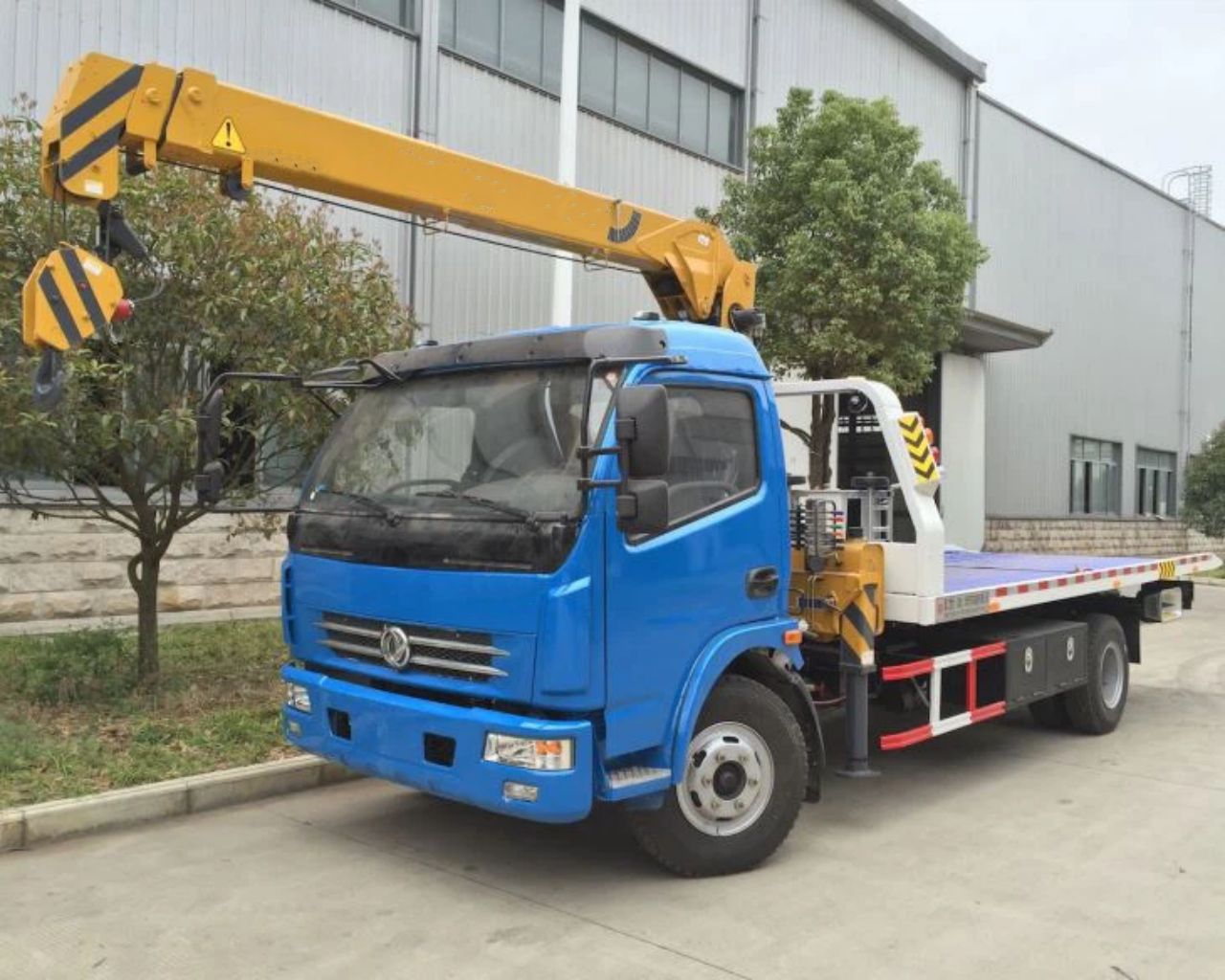
The Future of Towing and Lifting
As industries continue to evolve and demand more versatile, efficient, and environmentally friendly solutions, cái integration of tow trucks with telescopic cranes stands at the forefront of innovation. The potential applications are boundless, with implications for transportation, construction, emergency services, and beyond.
Manufacturers are investing in research and development to further enhance the integration, exploring advancements in crane technology, automation, and digital interfaces for improved operator control. As these technologies continue to mature, the capabilities of integrated tow trucks with telescopic cranes will only expand, solidifying their position as indispensable assets across a range of sectors.
Overcoming Challenges and Ensuring Adoption
While the integration of tow trucks with telescopic cranes offers a multitude of benefits, it’s important to address potential challenges and ensure widespread adoption.
Training and Skill Development:
Operators accustomed to traditional tow trucks and cranes may require training to adapt to the new integrated systemS. Manufacturers and industry organizations should invest in training programs that familiarize operators with the combined functionalities and safety protocols.
Maintenance and Support:
Integrated vehicles demand specialized maintenance and support to ensure both the xe kéo and crane components remain in optimal condition. Manufacturers should provide comprehensive maintenance guidelines and readily available support to address any technical issues promptly.
Standardization and Regulations:
BẰNG integrated tow trucks with telescopic cranes become more prevalent, industry standards and regulations should be developed to ensure consistent safety practices and equipment specifications. Collaboration between manufacturers, regulatory bodies, Và industry stakeholders will be crucial to establish these standards.
Cost Considerations:
Trong khi long-term cost savings are a key advantage of integration, the initial investment in integrated tow trucks with telescopic cranes may be higher than traditional equipment. Manufacturers should communicate the value proposition clearly, emphasizing the long-term benefits and reduced operational costs.
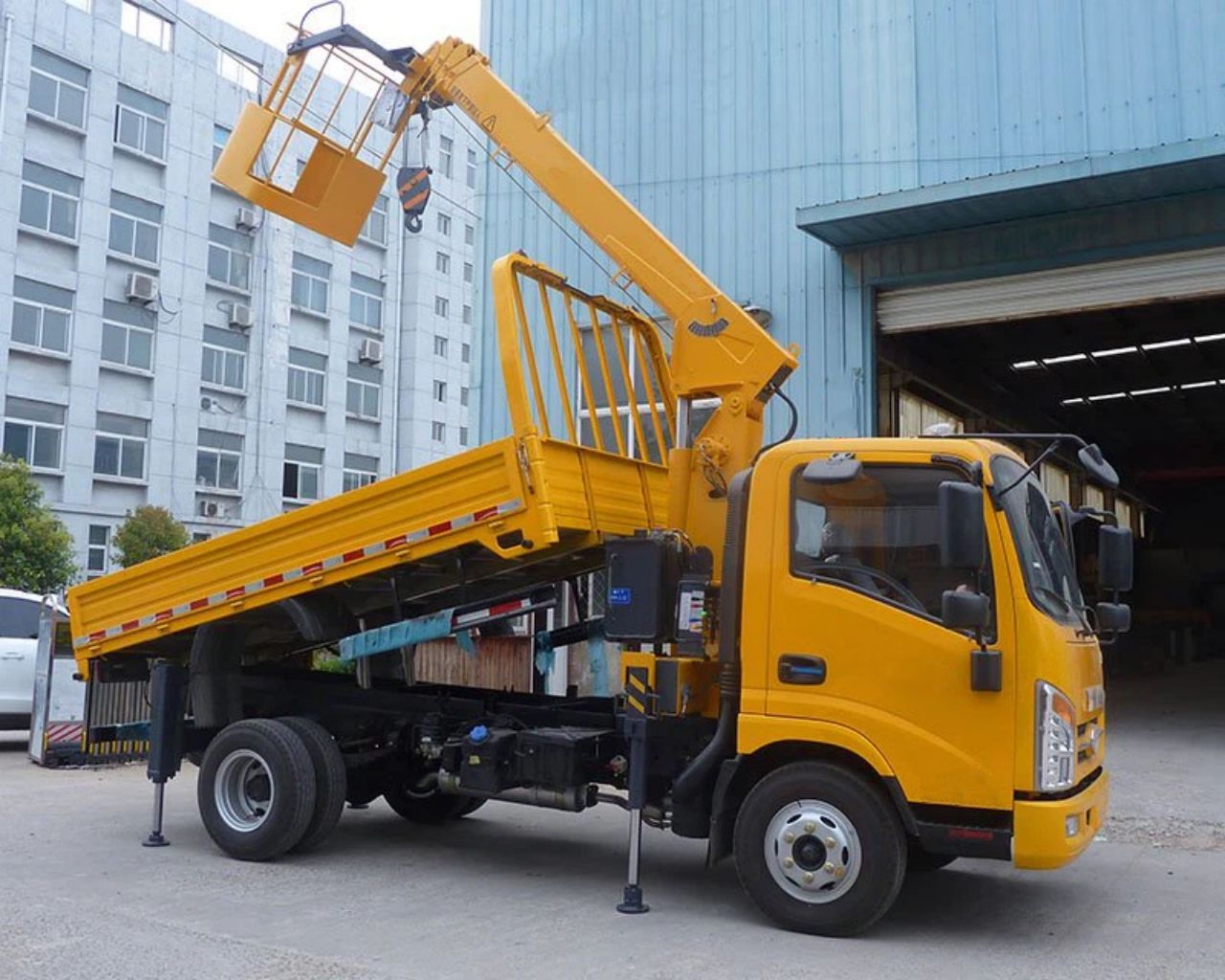
Customization and Adaptability:
Different industries have varying needs when it comes to towing and lifting. Manufacturers should offer customizable options to cater to the unique requirements of different sectors, ensuring that the integrated units can adapt to a wide range of tasks.
Case Studies: Real-world Applications
The success stories of integrated tow trucks with telescopic cranes are already beginning to emerge in various industries:
Emergency Services:
Fire departments and emergency response teams benefit greatly from integrated units. In situations where vehicles need to be both removed from accident scenes and debris needs to be cleared, these vehicles provide a one-stop solution, minimizing the time and resources required for roadway clearance.
Construction and Infrastructure:
Integrated tow trucks with telescopic cranes have become indispensable on construction sites. They can transport construction materials, position heavy components, and even aid in assembling tall structures like communication towers.
Logistics and Transportation:
Shipping and logistics companies find these vehicles valuable for loading and unloading heavy cargo, especially in locations where dedicated crane services might not be readily available.
Environmental Services:
These integrated units are also playing a vital role in environmental services. They can efficiently remove wreckage and debris from disaster-stricken areas, contributing to disaster relief efforts Và environmental cleanup.
Urban Planning and Traffic Management:
Integrated tow trucks with telescopic cranes contribute to better traffic management in urban areas. Rapid removal of disabled vehicles and accident debris reduces traffic congestion Và potential hazards on busy roads.
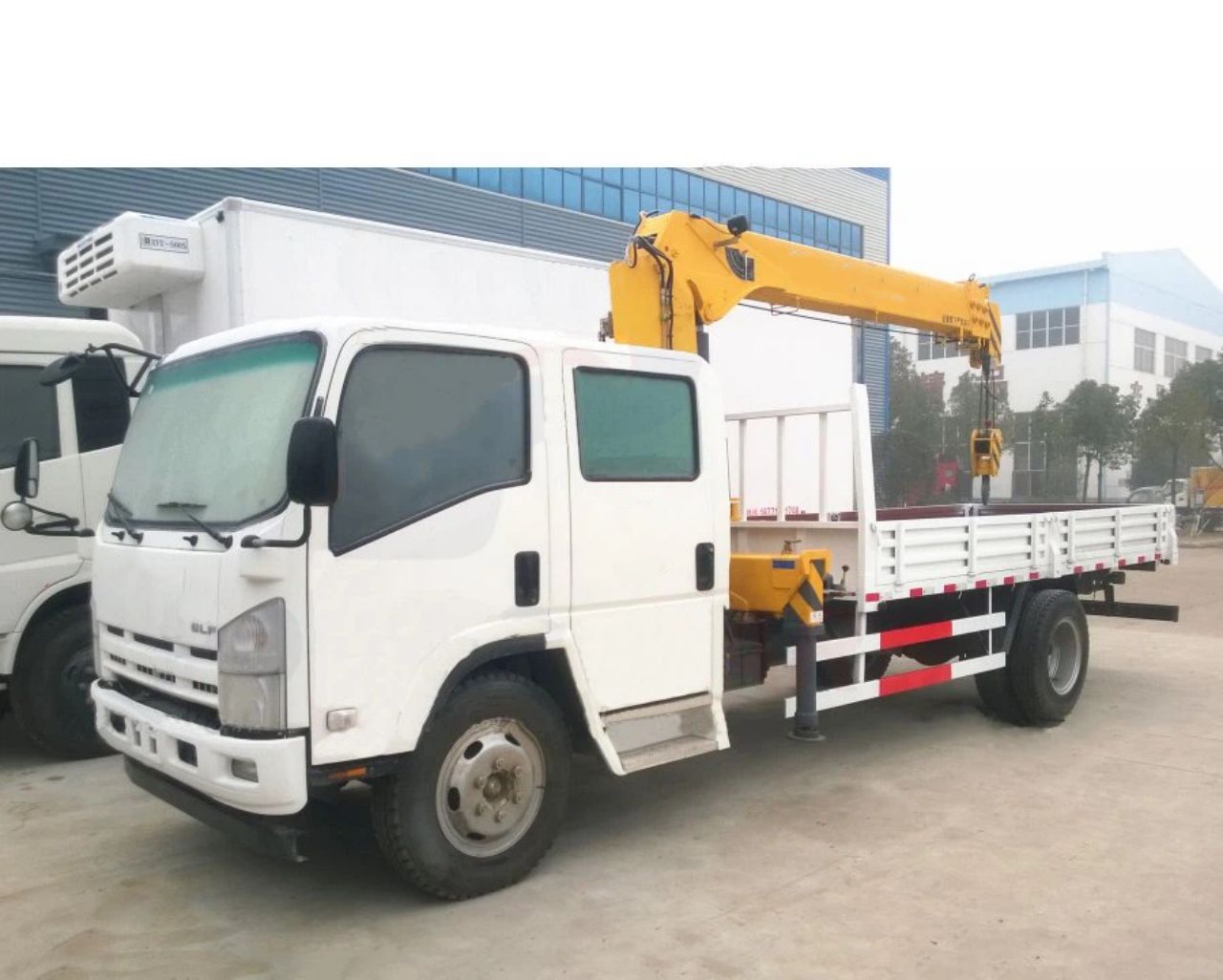
Phần kết luận
các integration of tow trucks with telescopic cranes represents a technological leap that bridges the gap between towing and lifting operations. By combining these functionalities into a single, powerful unit, industries benefit from enhanced efficiency, reduced costs, and increased safety. From emergency services to construction, the impact of this innovation is far-reaching and transformative.
As manufacturers refine these integrated systems and industries adopt them more widely, the potential for advancements in automation, remote operation, and digital interfaces becomes even more promising. This evolution will not only redefine towing and lifting but also set new standards for efficiency, adaptability, and sustainability in heavy machinery operations.
các integrated tow truck with a telescopic crane is more than a vehicle; it’s a symbol of innovation, a solution that addresses longstanding challenges, and a testament to the human capacity for progress. As this technology continues to evolve, we can expect to witness even greater feats accomplished with the power of integration, transforming the way we tow, thang máy, and handle heavy loads in a rapidly changing world.



